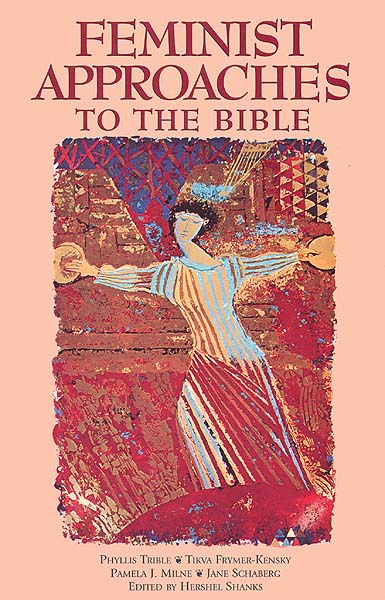Hershel Shanks: There’s someone who hasn’t been heard from yet, and we’re going to give that someone a chance now. You’ve been silent all day. Stretch for three minutes, and then you can fire away at us.
Question: I’d like to ask a question that has three parts. First, how did I get the impression the Canaanites really practiced a fertility cult? And second, what about the Israelites? What were the prophets so exercised about? Third, what did the frequent references to the high places mean?
Tikva Frymer-Kensky: The story of how we developed the notion of an orgiastic Canaanite religion is fascinating and has been documented rather well in a book called The Bible Without Theology, by Robert A. Oden, Jr. Oden shows quite clearly the leaf that was taken from Herodotus. But on this matter, Herodotus is extremely biased and unreliable. He reports that once in the lifetime of every woman of Babylon she had to serve the goddess Mellita, whom he calls Ishtar Mellita, by being a sacred prostitute (a Qedesha). She had to go to the courtyard of the temple and sit on the ground until a man propositioned her. She was not allowed to haggle about the price but had to accept whatever was offered, sleep with him, and give the money to Ishtar. Then she was freed of the service and could go home. Herodotus adds that women who did this when they were young and nubile got rid of the obligation in short order. But if they waited too long, they could sit around for four years. (Laughter.)
As you can imagine, this story struck the fancy of classical historians, most of whom quote Herodotus without attribution and just repeat it. When critical biblical scholarship really got going at the end of the 19th century, this orgiastic rite de passage was moved, in a breath, from Babylon to Canaan and became a new mythology of what Canaanite religion was like.
Already a library member? Log in here.
Institution user? Log in with your IP address.

